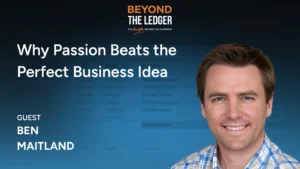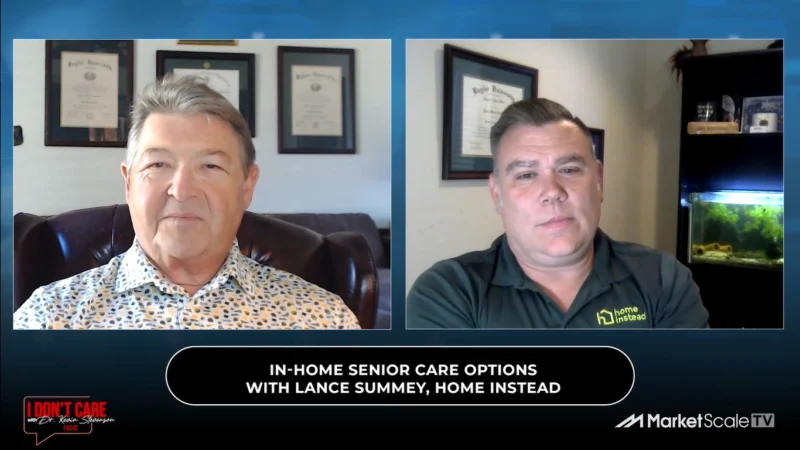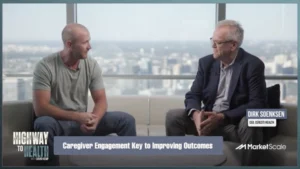How Freezing Temperatures Became the Hottest Trend in Wellness
The beauty industry is an economic gold mine and consumers are on a constant journey of exploration. One practice in particular, cryotherapy, has continued to defy conventional wisdom within the anti-aging and weight loss industry. The emerging method has both women and men pouring money into this cutting-edge wellness movement.
What began as a pain management tool and treatment for cancers, dementia and other illnesses, has transformed into an increasingly popular health craze.
The Science Behind the Craze
Cryotherapy is the process of subjecting the body to temperatures of up to -200 degrees Fahrenheit for around three minutes in a localized chamber. Physiologically, the change in temperature triggers a fight or flight response, forcing the body to enrich the organs with oxygen and increase circulation in an attempt to survive.
In 2015, the global cryotherapy market accounted for $2.5 billion and is projected to grow at a compound annual growth rate of 9.7% during a forecast period that continues to 2024, according to Grandview Research.
The cosmetic results of the process have been known to reduce cellulite, kick-start the metabolism, increase collagen production that reduces wrinkles and tighten pores. It has even been shown to release endorphins due to a Zen-like feeling that comes when the brain is forced into a heightened state, desperate for subsistence.
The extremes we go to for beauty, right?
Warming up to Change
While a lot of industries are hesitant to introduce change and risk breaking consumer routines, beauty and wellness is not one of them.
President and CEO of Shiseido Americas Marc Rey highlighted in an interview with Forbes that traditional makeup sales were down 1.3% in 2016, but independent brands were up 42.7%. This industry is a rare one in the sense that consumers are not only open to change, but often want to be the first to embrace it. Trends that begin as “hole in the wall” businesses like cryotherapy attract a fresh demographic and the growth of these types of corporations represent just how receptive consumers are to change.
While the more superficial benefits have yielded an incredible market, the medical-centric consumers back research adequate to warrant transforming oneself into a human icicle.
The chamber freezes abnormal tissue which can be attributed to killing certain cancers. The freezing conditions act as an ice bath taken to an extreme which helps aches, pains, muscle recovery and arthritis. Other medical benefits include migraine treatment, and the anti-inflammatory and oxidative stress process has even been known to help treat Alzheimer’s disease and Dementia.
Is the Freeze a Fad?
From a business standpoint, consumer behavior in response to a trend is not necessarily a telling factor of how the future of an industry will perform. However, consider this statement: no pain, no gain. We as consumers have translated this saying into our health, beauty and overall attitude about wellness. As technology and science continue to manifest new ways to achieve beauty, consumers have raised expectations on results.
In other words, if we were suddenly expected to fetch our water from a river and manually purify it, filling the Brita would not seem so arduous. Consumers are more and more willing to try new trends as the number of opportunities or services themselves increase.
While certain fads are important in how businesses adapt, they are not dependent on dynamic consumer behavior but rather on this overarching theme that combines millennials’ expectations with subjection to science experiments of their own volition. Cryotherapy is no exception.
Participating in trends allows consumers to feel like they are fully utilizing this science and technology. While Cryo might seem drastic compared to conventional methods of weight loss or anti-aging, this is the reality in how the beauty industry has evolved, and corporations have every right to capitalize on it in hopes of remaining relevant in a rapidly changing market.








